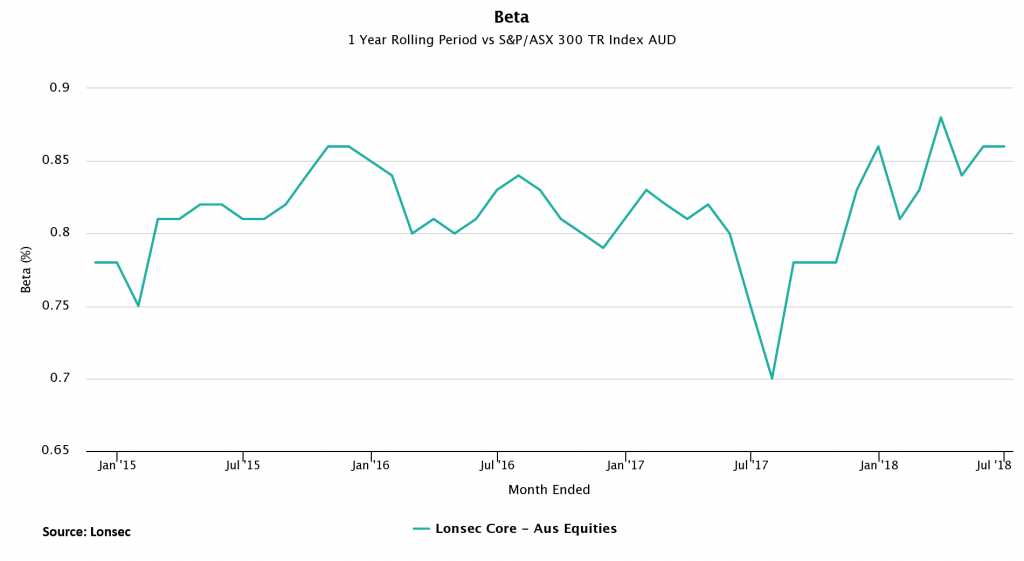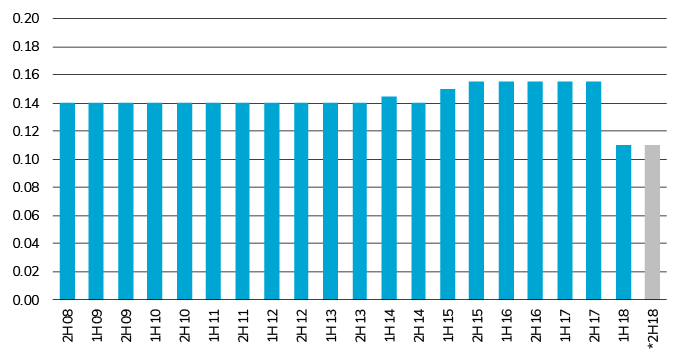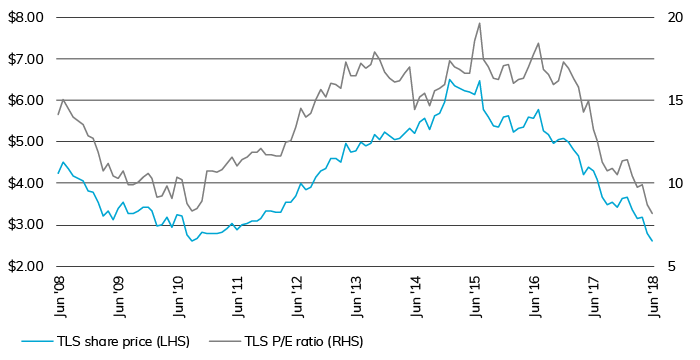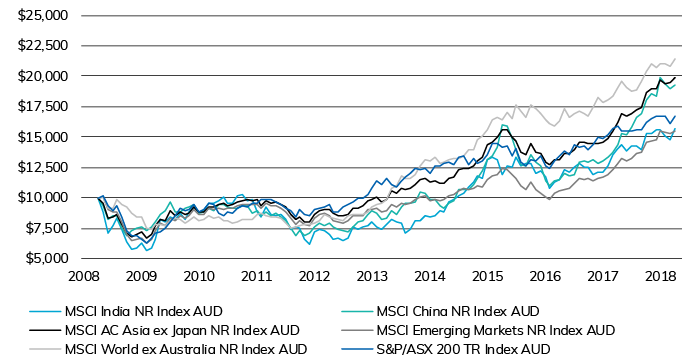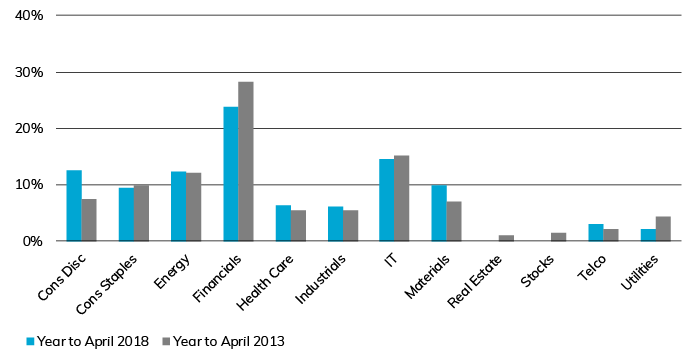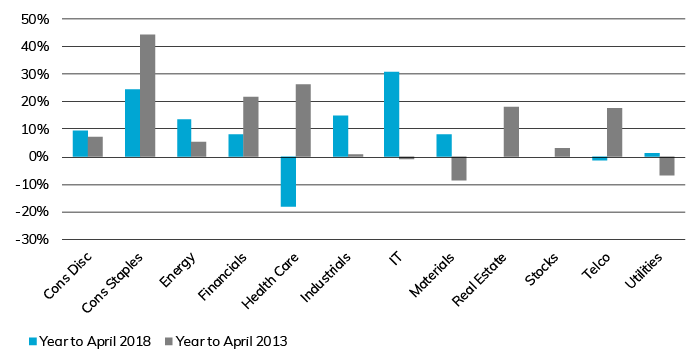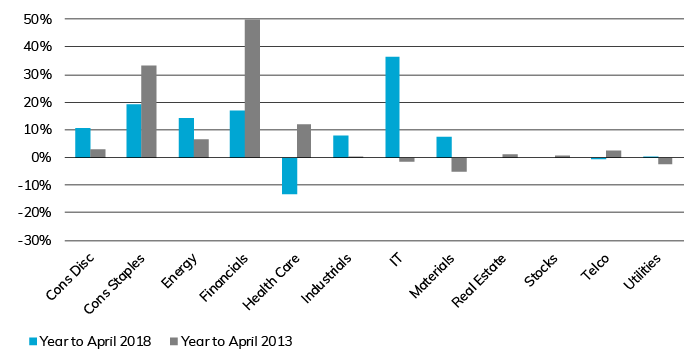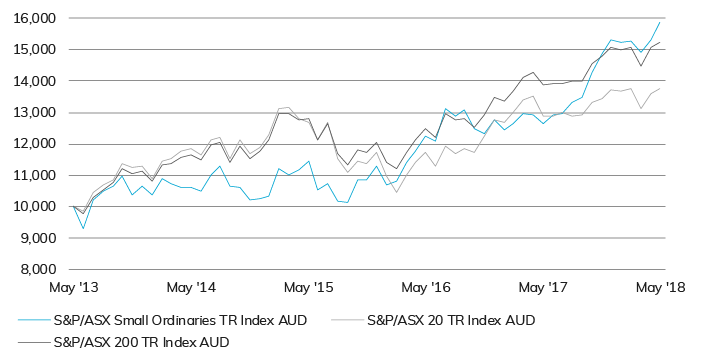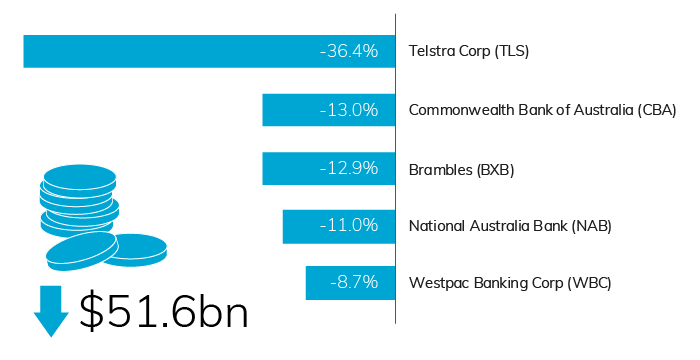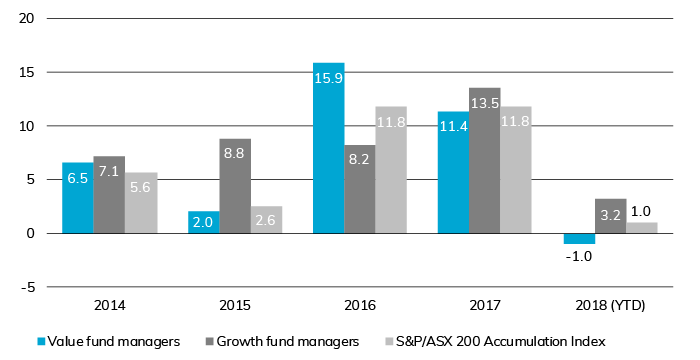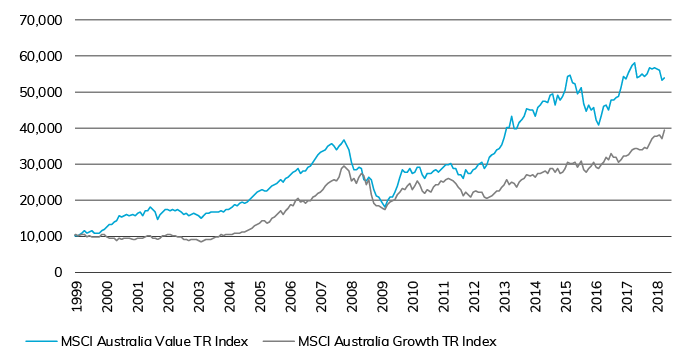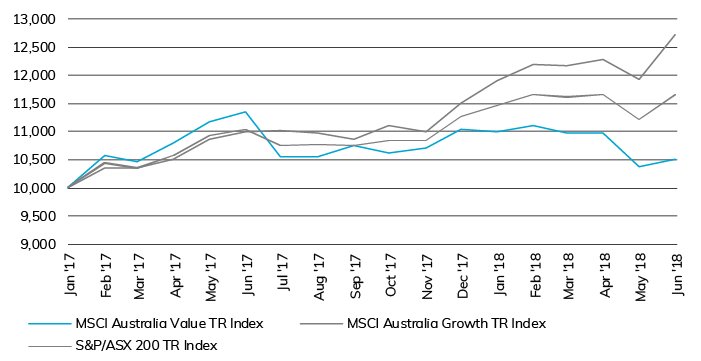The federal government has taken a step toward providing better retirement outcomes for Australians with the appointment of an industry panel to advise on the development of Comprehensive Income Products for Retirement (CIPRs).
Its brief is to help frame the government’s plans to require superannuation trustees to design and offer appropriate income products for their members in retirement.
The panel’s expertise suggests that the eventual framework will reflect a deep understanding of the legal and technical aspects of retirement as well as the social and financial-planning needs of retirees, and perhaps also their behavioural biases.
Regarding the design of income products, it will be interesting to see whether the framework will point super funds in the direction of annuity-like products or drawdown solutions or a combination of the two―or a more expansive and flexible range of choices.
More interesting still will be to see how effectively the framework synthesises these various elements because, as experience in other markets shows, retirees’ financial behaviour can have a direct impact on the success or otherwise of attempts to develop new retirement income products.
The UK is a case in point.
UK Retirees Sit on Cash
Up until 2015 the purchase of an annuity was effectively the only choice open to UK investors when they retired, but low interest rates and other limitations had made annuities unpopular. From that year, the government allowed retirees to choose between annuities and drawdown products.
Predictably, sales of annuities in the UK have plummeted, forcing a restructuring of the retirement income market. Progress to date has been slow, however, and of limited benefit to retirees.
For example, the drawdown alternatives to annuities are mainly high-cost, being accessed through financial advisers and invested in the markets. Perhaps not surprisingly, regulation of such post-retirement products has increased, making them potentially more expensive and harder to access.
At the same time, new product development has been slow. Inflows into those products which have been launched have been small, providing little incentive for competition.
It’s in relation to this last point that the financial behaviour of retirees appears to be most relevant.
Since the pension freedoms came into effect, many retirees have taken large volumes of cash out of their savings early, despite the higher tax charges this incurs.
They have put that cash mainly into (in order of magnitude) bank accounts earning little to no interest and, anecdotally, into cars, conservatories and cruises.
But that’s not all: large amounts of money have been left invested in plan default solutions. Consequently, the amount of money remaining invested beyond retirement, which is neither being drawn down nor added to but kept for a rainy day, has grown massively.
Little wonder, then, that inflows to new retirement income products in the UK have been small.
What lessons, if any, should the panel―and, indeed, the rest of the Australian retirement industry―draw from this?
Three Angles on Retirement Income
There are three, in our view. One is to integrate into the government’s framework some understanding of retirees’ behaviour with respect to savings and investment, its potential impact on demand for retirement products, and how retirement products might be designed with retirees’ behaviour in mind.
Another lesson is that some thought might usefully be given to the way retirees step from work to retirement. It’s at this point that retirees’ financial behaviour becomes an issue as they make, or fail to make, important decisions for their future.
Their decisions could conceivably improve if they had more time to make them. They could, for example, continue to enjoy some capital growth as well as income for many years before investing at a more advanced age in an income-only product.
The third lesson, which is linked to the second, is to view CIPRs as part of a broader retirement solution which includes equity products that can provide growth while managing downside risk, and fixed-income products that can provide reliable income with better-than-average stability.
As the UK experience shows, the key to creating a successful retirement-income solution might lie in understanding, and allowing for, a range of factors beyond that of simple product design.
The views expressed herein do not constitute research, investment advice or trade recommendations and do not necessarily represent the views of all AB portfolio-management teams.
